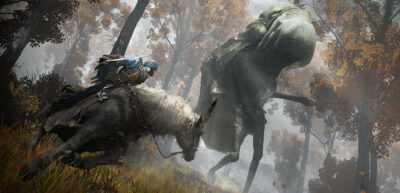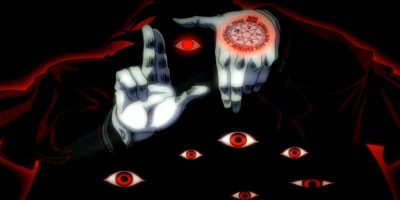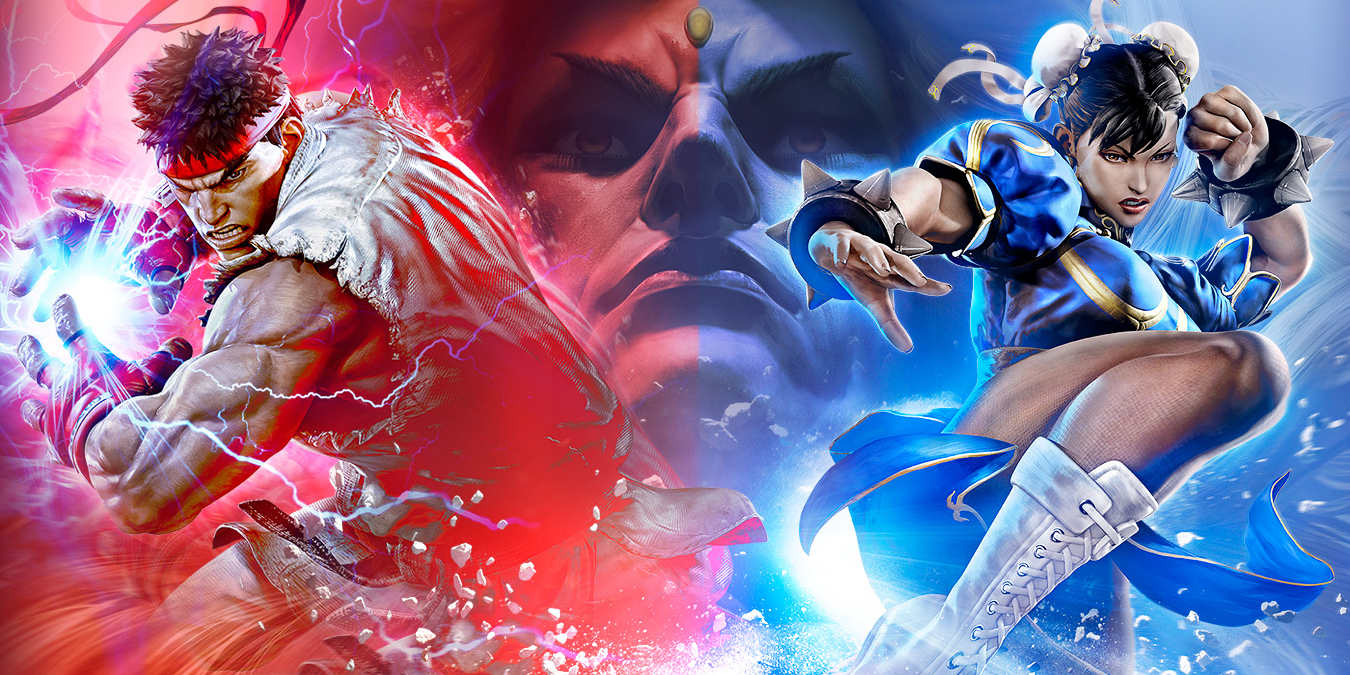
Since 1987, the Street Fighter franchise has defined what makes the modern fighting game. Each entry is a hallmark for the age it was released into and would create genre-defining trends that would be copied by every game after it. As a result, discussing the top Street Fighter games inevitably takes a dive into the entire fighting game genre.
Our criteria for the games that make this list aren’t just the mechanics, which to an extent have been refined and improved over time. We’re talking here about what they meant to the series, genre and industry at the time of release, their impact, and how they took vital steps in getting Street Fighter to where it is today.
Ready? Round 1, FIGHT!
Prefer knocking your opponents off the map? Here’s a list of the Best Platform Fighting Games of 2022.
5. Street Fighter (1987)
The first fighting game to add health bars and directional attacks was Konami’s Yie Ar Kung fu (1985). Street Fighter was Capcom’s attempt at building onto that foundation and adding their own spin to its gameplay, and boy did they succeed at it.
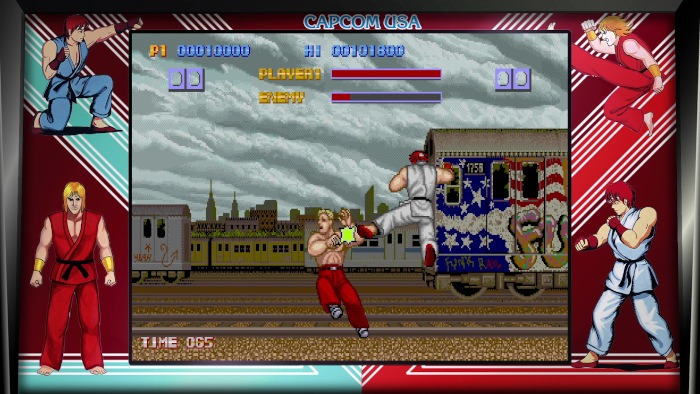
The original Street Fighter was ground-breaking because it was the first game to add many of the staples we’ve come to know and love in fighting games. It’s where special moves like throwing fireballs, or doing a dragon punch (a super-powered uppercut) were first introduced. Street Fighter is also credited as the first game to introduce blocking.
Despite being the first to implement mechanics that would be used in every fighting game after it, Street Fighter also attempted less popular ideas like changing attacks based on how hard you hit a button. However, even those bad ideas laid the groundwork for the six-button layouts we see in today’s fighting games.
4. Street Fighter 3: 3rd Strike
It cannot be overstated just how gorgeous Third Strike is. It has an awesome soundtrack and some of the best sprite art in the industry. Its fast, complex, and unique mechanics can’t be found in any other Street Fighter game. Parries added new layers to the old formula and it had a unique roster of characters with distinct playstyles. Simply put, this game is a masterpiece.
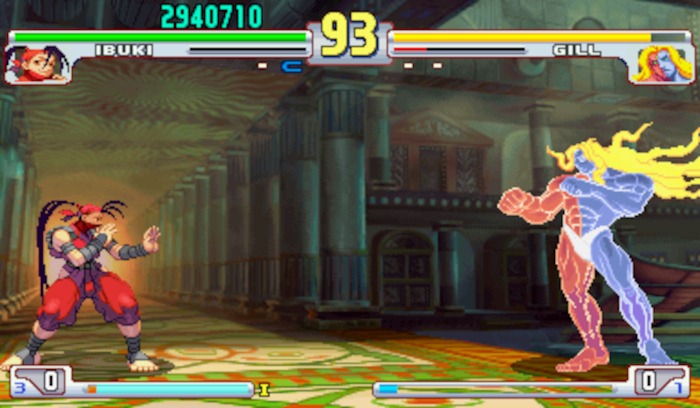
While these elements put Third Strike in a class of its own, it also cemented a reputation that fighting games were a niche genre. This idea was echoed by the Executive Producer of the modern Street Fighter games, Yoshinori Ono, who mentioned in an interview with Destructoid how “the really hardcore people really enjoyed it [Third Strike and adding new characters]”, but it “was very difficult to bring back the old generation of players who played Street Fighter II.” Third Strike’s reputation signalled a tonal shift for the franchise and led to the current development philosophy of Street Fighters IV and V.
Regardless, Third Strike is still a gem. Its quality kept the Street Fighter community together for nine years, and even led to the famous EVO Moment #37, which will always be a bright spot in gaming’s history.
3. Street Fighter 5: Champion Edition
Street Fighter V had a rough launch, but with the release of the Arcade and Champion editions, its been patched into an amazing game. Street Fighter V replaced Focus Attacks with a V-move, and the Ultra system with a V-gauge. V-moves fill the V-gauge which are then used for V-reversals, which pushes opponents away when you block an attack, and V-trigger which has different effects based on what character you’re playing like increasing the damage of your fireballs and punches.
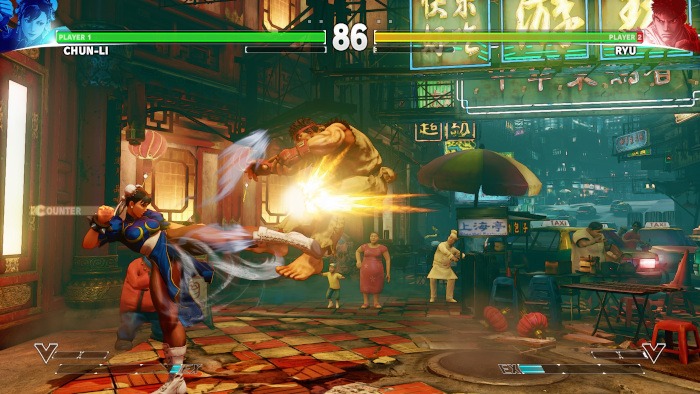
The Champion edition introduced V-shift (a new defensive option that’s similar to Third Strike’s parries), balance adjustments, and a second V-trigger for the entire cast. In effect, it added back some of the complexity that was lost between Third Strike and Street Fighter IV.
Street Fighter V is also an important milestone for the franchise because it launched the eSports era of Street Fighter. With V’s release also came a push from Capcom to make Street Fighter V an eSports friendly game, and their efforts paid off. Street Fighter V is featured in several different popular gaming leagues including the Street Fighter League, the Capcom Pro Tour, and more famously, the Intel Open – a tournament created by Intel and the International Olympics Committee to be ran alongside the Olympics. Yes, Street Fighter V was at the Tokyo Olympics.
2. Street Fighter 4
Vanilla Street Fighter IV was released on July 18th 2008, almost nine years after Third Strike. In those nine years, the wider gaming community considered fighting games as too niche to be relevant anymore.
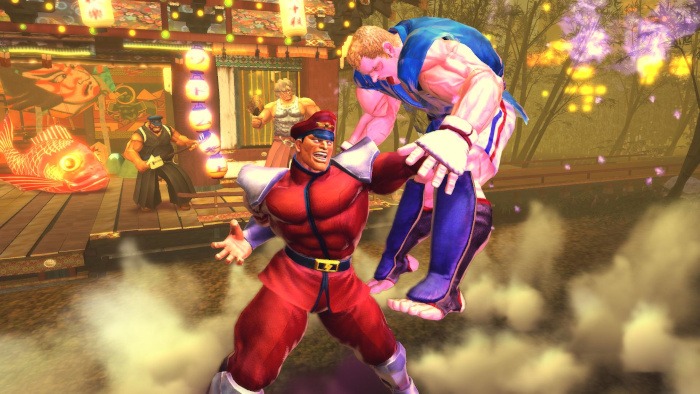
When Capcom released Street Fighter IV, it stunned audiences with its cel-shaded aesthetic and bold “2.5D” artwork. But Street Fighter IV’s design is what attracted crowds to it. It had the simplicity of Street Fighter II, lacked complicated mechanics like parries and super arts, and had a slower, more methodical playstyle than Third Strike. All of those points meant it was easier for a new wave of fighting game fans to enjoy it and for older veterans to return to the franchise.
A combination of its accessibility and perfect release timing also laid the groundwork for the franchise’s future eSports scene. Street Fighter IV became the centrepiece to major fighting game tournaments around the world and revitalized the fighting game community with an influx of new players.
1. Street Fighter 2
Out of all the Street Fighter games, and even among other fighting game franchises, few can match the sheer impact Street Fighter II had on the genre. Its UI, game design, characters, and sprite art all created the template for the modern fighting game. Even simple things like where to place health bars or how long a player should be frozen when they get hit or block were normalized through Street Fighter II’s original implementation.
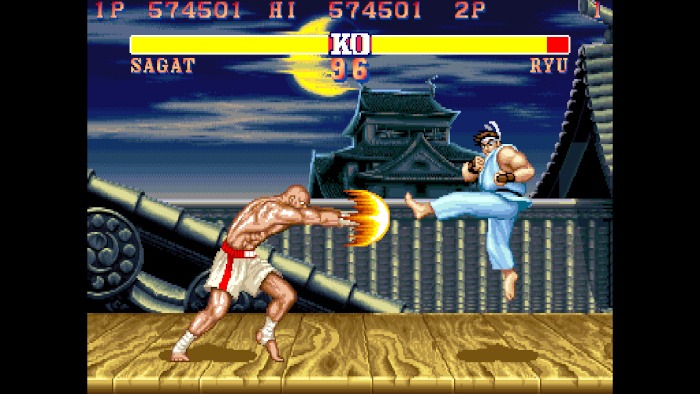
One of the best examples of how much Street Fighter II contributed to the genre can be seen through the invention of combos. Originally, combos were an exploit in the first version of Street Fighter II. Instead of removing it in subsequent versions of the game, Capcom built on it. They made it easier to do combos and even added a hit counter.
In addition, Street Fighter II brought the early fighting game community together. Its refined Player vs Player experience stood out in a sea of arcade games focused on high scores. Street Fighter II’s focus on beating the player next to you with its phenomenal mechanics jump-started local tournament scenes and put many players on the road to becoming pillars in the fighting game community.
Need more fighting games? Here are the Best Fighting Games with Rollback Netcode and a guide to help new players get better at fighting games.






